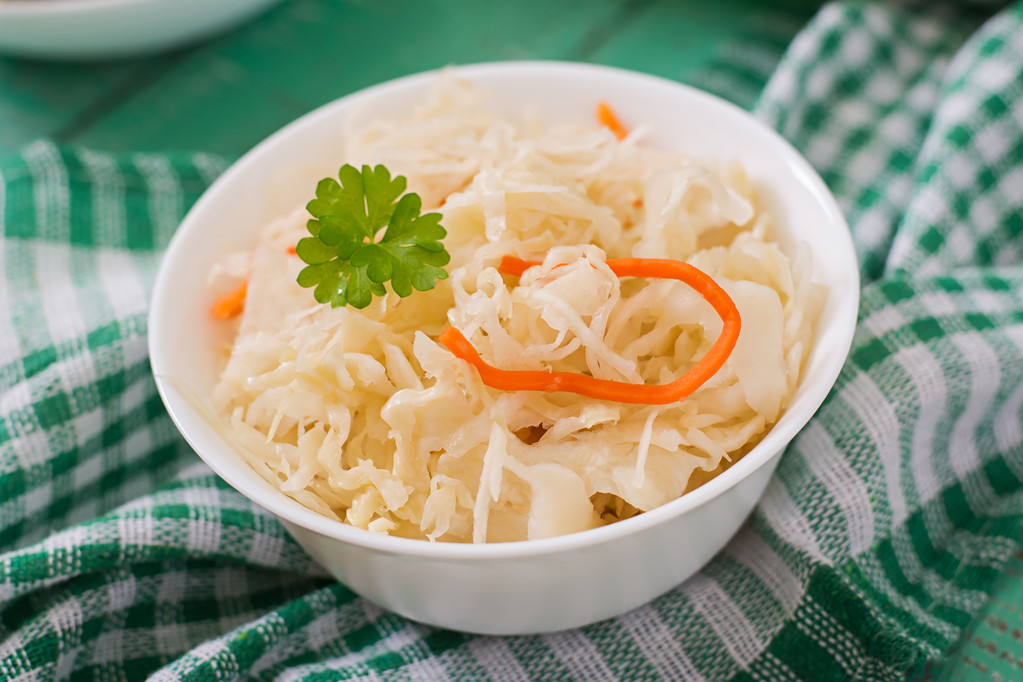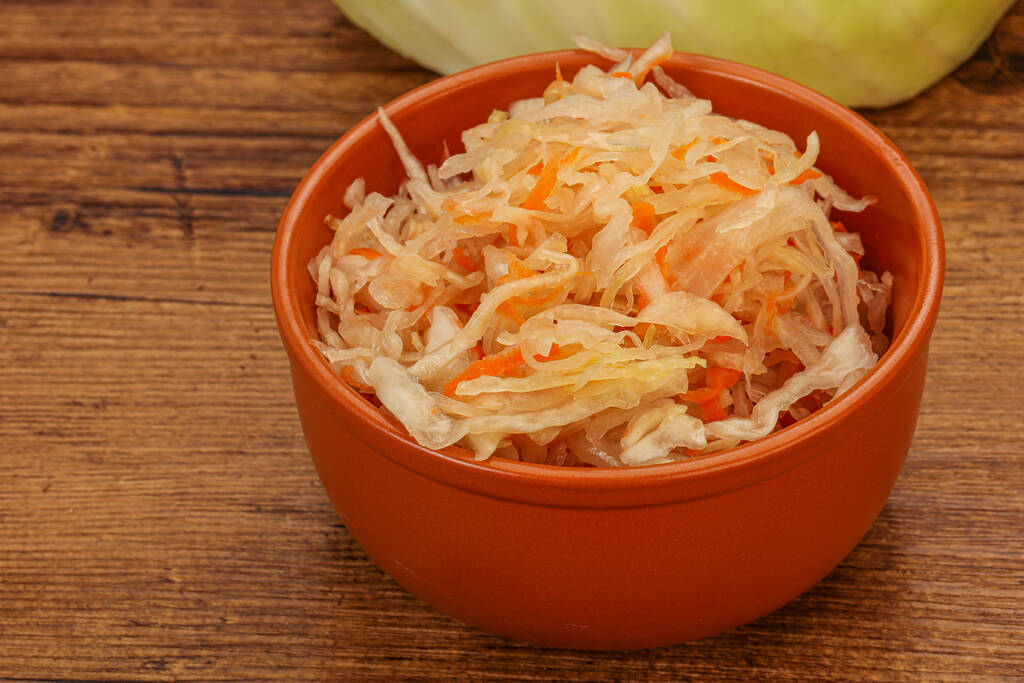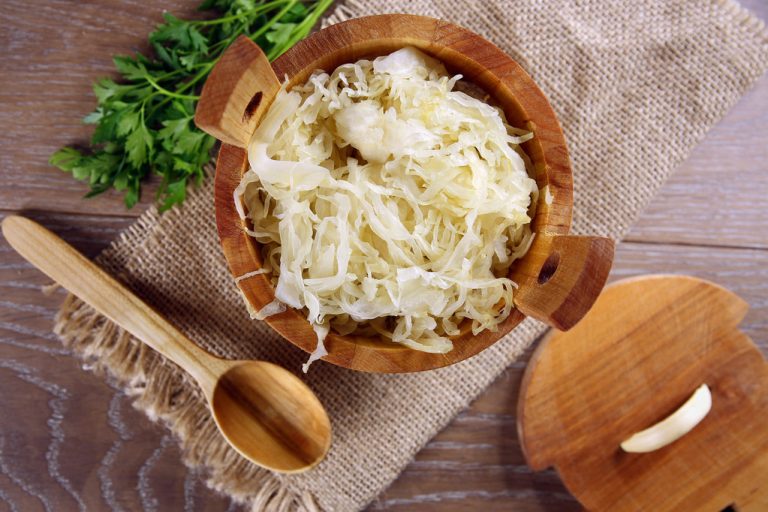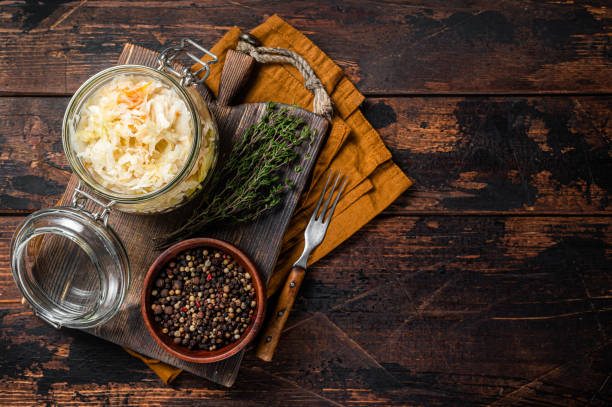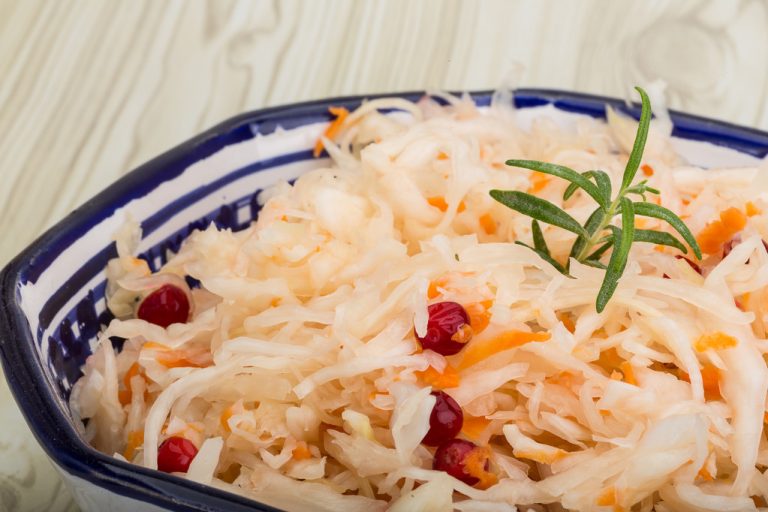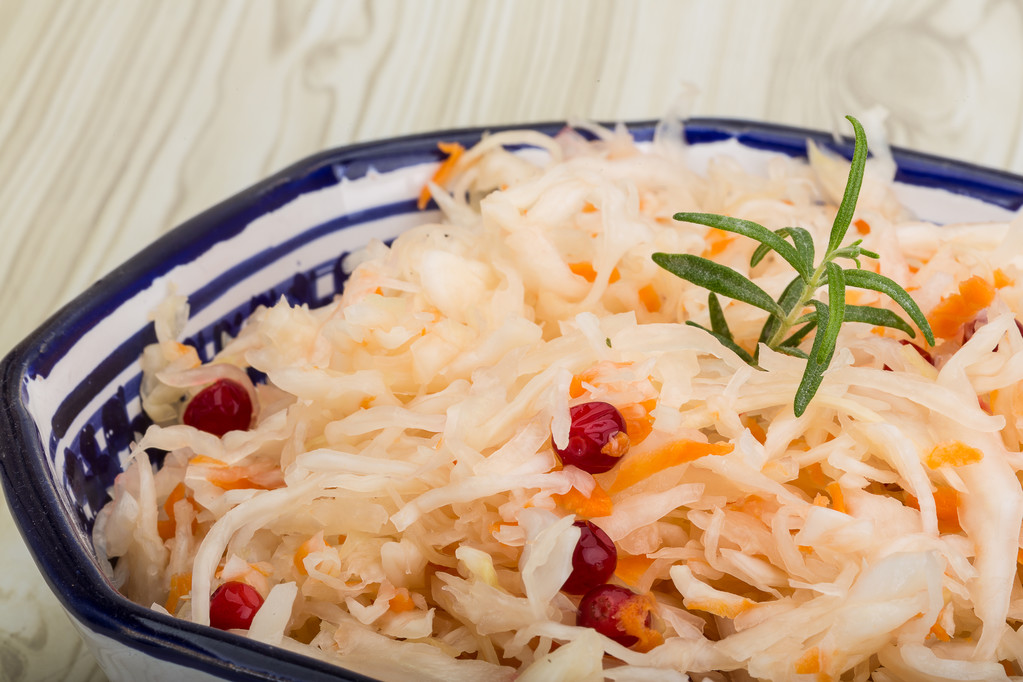For Sunday roasts or sausages: many people know sauerkraut as a side dish. Cabbage is also really healthy. This is what happens to your body when you eat sauerkraut every day – but does it make sense?
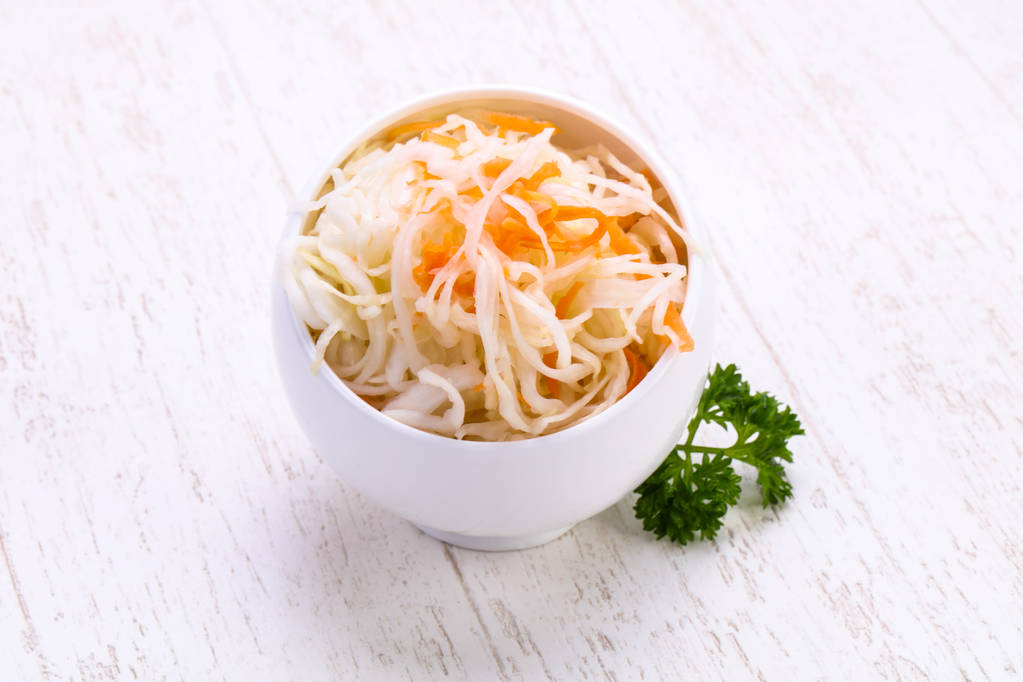
Vitamin miracle: Why sauerkraut is so healthy for our body
From now on, the lactic acid bacteria work at full speed and give the cabbage its typical sour taste through the production of lactic acid. Depending on the manufacturer’s production method, the process lasts from two weeks to several months. Thousands of years ago, people in China used lactic acid fermentation for different types of cabbage. But cabbage is not only valued for its long shelf life. The health benefits of sauerkraut, which is a real vitamin bomb, were already known in ancient times. This is why sauerkraut is so healthy:
Vitamin C: Sauerkraut contains a lot of vitamin C. The old seafarers already knew this, as they always took barrels of sauerkraut with them along with lemons on long and arduous journeys. The high vitamin C content of sauerkraut protects against diseases and malnutrition. Vitamin C is responsible for building connective tissue and supports the maintenance of healthy bones and teeth. It is also significantly involved in various metabolic processes in the body.
Potassium: Sauerkraut is also a good source of potassium. Potassium is involved in the transmission of nerve impulses. It is therefore jointly responsible for vital heart function and the regulation of blood pressure.
Gut Health: According to a Stanford University study, fermented foods like sauerkraut, kimchi, and kefir naturally increase the diversity of healthy bacteria in the gut. The strengthened intestinal flora is less susceptible to inflammation and thus prevents intestinal diseases.

That’s why you should eat sauerkraut every day
In order to enjoy the lasting benefits of sauerkraut and, above all, to actively support your intestinal flora, you should incorporate healthy cabbage and generally fermented foods into your diet almost every day. Don’t worry, you don’t have to eat a can of sauerkraut every day to benefit from the ingredients. Two to three forks a day are enough to support your intestinal flora.
However, if you eat sauerkraut every day, you should make sure that you do not heat it. Vitamin C is destroyed by the heat and the lactic acid bacteria are then no longer as effective. Also buy sauerkraut that is as fresh as possible directly from family businesses or farm shops. The less processed the sauerkraut, the more vitamins and lactic acid bacteria it contains. Health food stores and organic shops often offer sauerkraut in good organic quality. This way you avoid unnecessary ingredients such as sweeteners, flavorings and large amounts of sugar.
If you want to bring a little variety to the plate, you can also serve the sauerkraut with apples, pears or grapes as a salad. The sweetness of the fruit contrasts well with the acidity of the cabbage. But of course finely shaved carrots or beetroot also go well with it. So you can do something good for yourself and your health without much effort!



